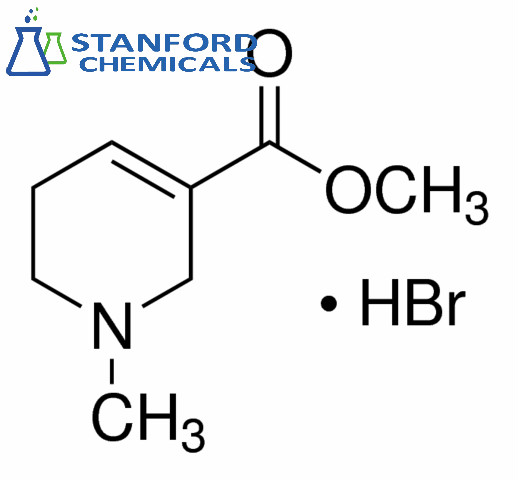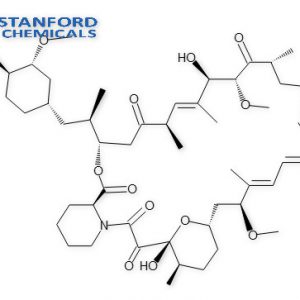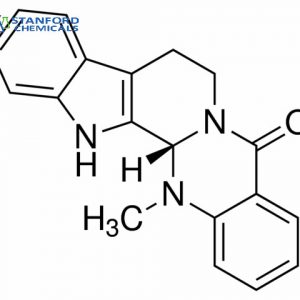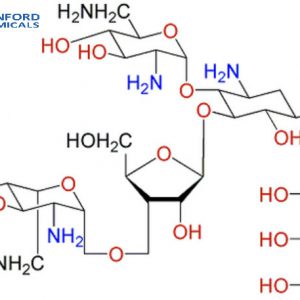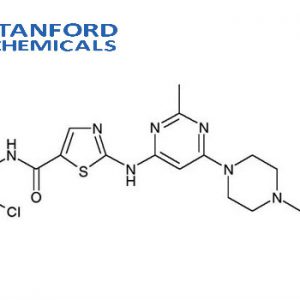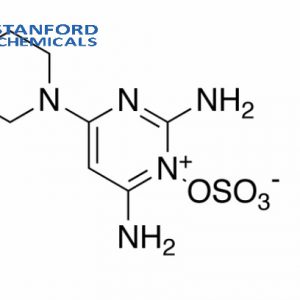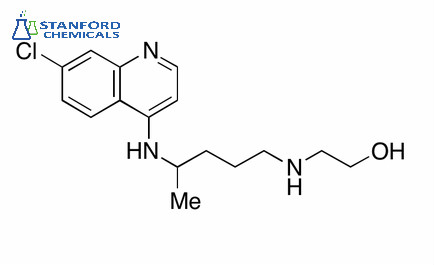- Home
- Pharmaceuticals
- (Discontinued) 040-000-311 Arecoline Hydrobromide CAS 300-08-3
(Discontinued) 040-000-311 Arecoline Hydrobromide CAS 300-08-3
Discontinued
| Synonyms | 1-Methyl-1,2,5,6-tetrahydro-3-pyridinecarboxylic acid methyl ester hydrobromide, Arecaidine methyl ester hydrobromide, Methyl 1,2,5,6-tetrahydro-1-methyl-3-pyridinecarboxylate hydrobromide, Methyl 1-methyl-1,2,5,6-tetrahydronicotinate hydrobromide, Taeniolin |
| Source | Betelnut |
| Keywords | Parasite, tapeworm |
| Related products | Artemisinin, Ritonavir |
- Description
Description
Description
Arecoline Hydrobromide Specifications
| Product Name | Arecoline Hydrobromide |
| CAS Registry Number | 300-08-3 |
| Molecular Formula | C8H14BrNO2 |
| Molecular Weight | 236.11 g/mol |
| Purity | >99% |
| Appearance | White powder |
| Package | 1kg-25kg |
| Shelf life | 2 years |
| Functions | Improve learning and memory and may prove to be useful in treating dementia. |
Arecoline Hydrobromide Description
Arecoline Hydrobromide is an arecoline salt of hydrobromic acid generally used in removing parasites from the dog’s intestine. It has a strong parasympathomimetic action. Arecoline and other muscarinic receptor agonists have been shown to improve learning and memory and may prove to be useful in treating dementia.
Arecoline hydrobromide is an alkaloid originally extracted from betal nut palm seed.
Arecoline Hydrobromide Applications
Arecoline Hydrobromide has a strong paralytic effect on the tapeworm muscles, and at the same time can enhance the intestinal peristalsis of the host, thus producing a tapeworm repelling effect. It is mainly used to treat taeniasis common in dogs and poultry.
Reference:
- Morley, J.E., Farr, S.A., and Flood, J.F. Antibody to amyloid β protein alleviate impaired acquisition, retention, and memory processing in SAMP8 mice. Neurobiology of Learning and Memory 78, 125-138 (2002).
- Ikeda, Y., and Kanai, A. Urotheliogenic modulation of intrinsic activity in spinal cord-transected rat bladders: Role of mucosal muscarinic receptors. American Journal of Physiology.Renal Physiology 295, F454-F461 (2008).
- Heinrich, J.N., Butera, J.A., Carrick, T., et al. Pharmacological comparison of muscarinic ligands: Historical versus more recent muscarinic M1-preferring receptor agonists. European Journal of Pharmacology 605, 53-56 (2009).
- Okamoto, H., Prestwich, S.A., Asai, S., et al. Muscarinic agonist potencies at three different effector systems linked to the M2 or M3 receptor in longitudinal smooth muscle of guinea-pig small intestine. Br. J. Pharmacol. 135(7), 1765-1775 (2002).

